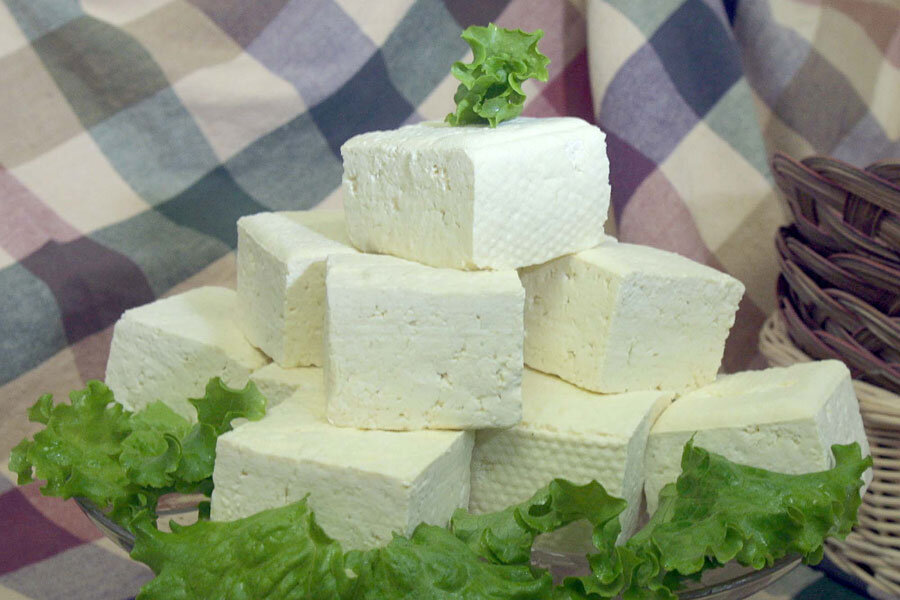How tofu salt could make solar power cheaper and safer
Loading...
That tofu on your plate may have more to it than protein. It may contain the recipe to revolutionize solar energy.
Solar power is typically thought to be among the cleanest of energy sources. But one method of manufacturing solar cells is quite toxic. A new study points to a safer and cheaper method, using an ingredient that is also used to make tofu.
Researchers at the University of Liverpool discovered that a salt used to produce the fermented bean curd, as well as to de-ice roads, could be a new ingredient in making solar power cleaner and less expensive.
"If renewable energy is going to compete with fossil fuels, then the cost has to come down. Great strides have already been made, but the findings in this paper have the potential to reduce costs further," study author and University of Liverpool physicist Jon Major said in a news release.
Currently, the most popular way to harness solar energy is through large, thick silicon plates that convert sunlight to electricity. But these iconic panels are expensive and inflexible.
The cheaper alternative, thin film solar cells, are unpopular for another reason: toxicity. To work effectively, the semiconductor cadmium telluride, which composes a layer of a popular kind of thin-film solar cell, must be treated with a chemical called cadmium chloride.
But cadmium chloride is so toxic it cannot be leaked into the water supply without poisoning generations of fish. It is widely believed to be poisonous to humans as well.
So Dr. Major and his colleagues tested other compounds that can perform the same function as cadmium chloride.
They found that magnesium chloride – a nontoxic compound derived from naturally occurring saltwater – worked just as well as its toxic counterpart. Furthermore, the natural compound costs only $0.001 per gram industrially, while the cadmium chloride costs $0.30 for the same amount.
Popular among winter road crews and animal welfare advocates, magnesium chloride is also used to make mineral bath salts. People literally soak themselves in the stuff.
This stands in stark contrast to cadmium chloride. When applying the toxic compound to the solar cells, photovoltaic engineers have to don protective gear, explained Major, to avoid contact with the skin, eyes, and lungs. Nobody wants to take chances with cadmium chloride.
Furthermore, cadmium chloride treatment requires a rinsing step. The water used to wash the excess chloride off the solar cells had to be processed very carefully, said Major. Otherwise it could make its way into the groundwater, streams, or rivers where it may ultimately come into contact with unsuspecting humans and animals.
These protective measures aren't necessary with magnesium chloride. That means less time and fewer resources spent on attiring workers and processing the waste water. Major said in a news briefing that he thinks it's the lower cost of the process – not the environmental benefits themselves – that will make magnesium chloride competitive.
Major was hesitant to give reporters a figure for the commercial cost, as no companies have given him a clear estimate. But "we would expect it to be significant," he said in the news briefing, as the company could likely lower the toxicity precautions for the entire factory.
"Cadmium chloride is toxic, and expensive and we no longer need to use it," said Major in a news release. "Replacing it with a naturally occurring substance could save the industry a vast amount of money and reduce the overall cost for generating power from solar."








